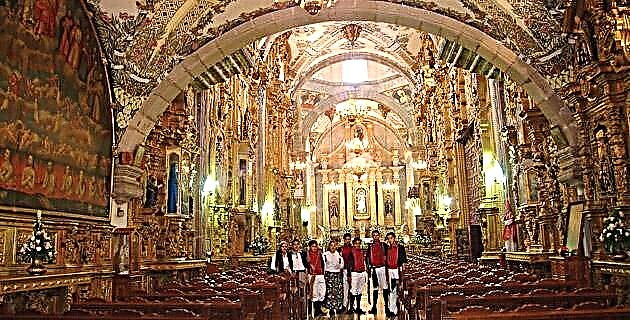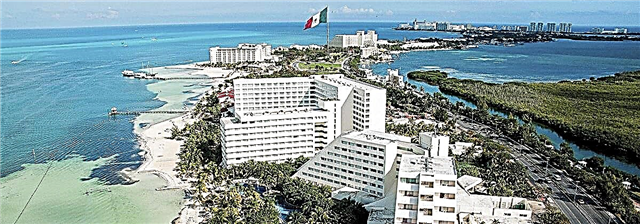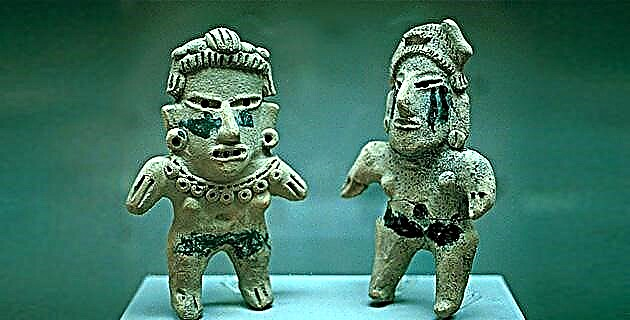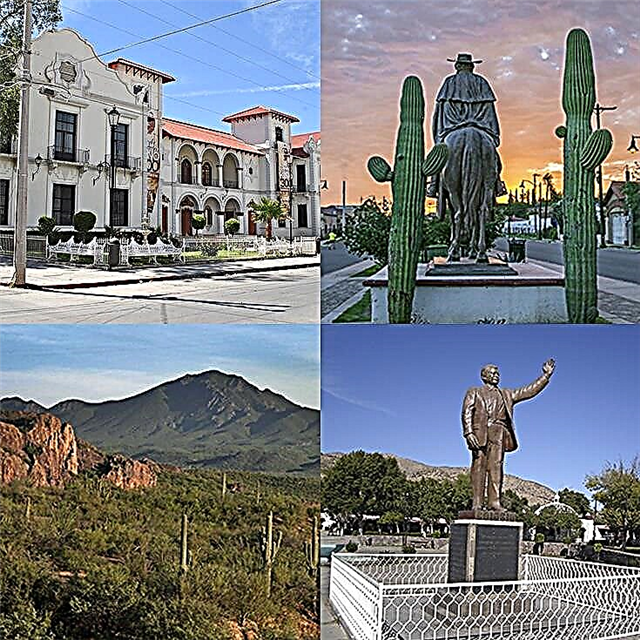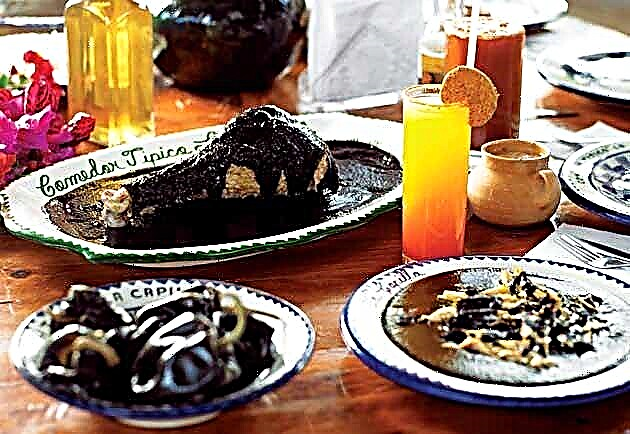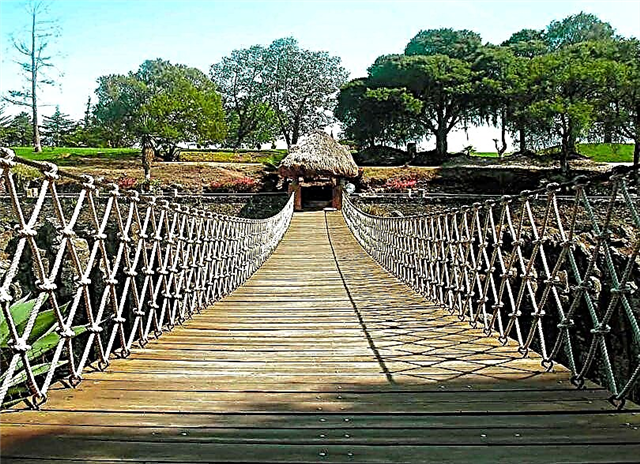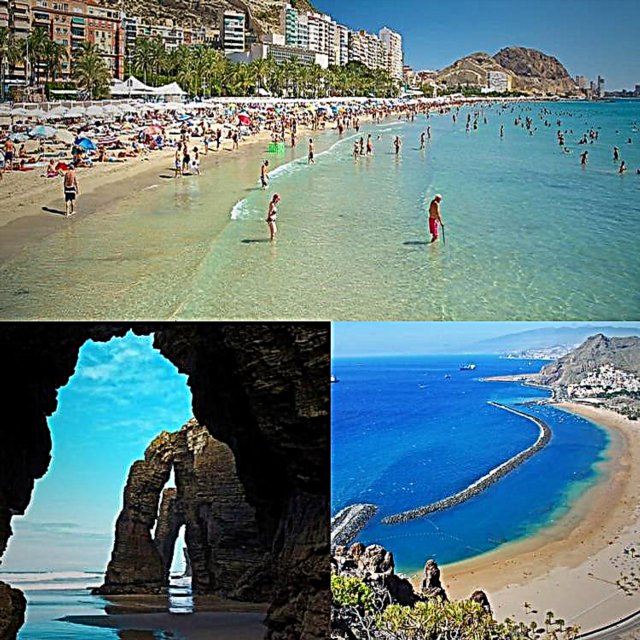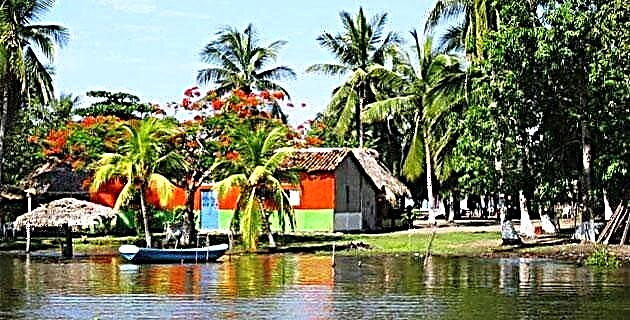
Pijijiapan is located on the Pacific coast, in the state of Chiapas; its name is composed of the words pijiji, of mame origin, which is the name of a web-footed bird characteristic of the region, and apan, which means "place", or "place in the water", that is, "place of pijijis" .
The settlement where the population is currently located was founded more than a thousand years ago, and throughout this time the place has received various cultural influences, mainly motivated by trade with the Olmecs, Nahuas, Aztecs, Mixes and Zoques, and other groups of Central America. But the ethnic group that consolidated Pijijiapan, culturally and genetically, were the Mam (protomayas from the south). Towards 1524 the municipality was conquered by the Spanish commanded by Pedro de Alvarado, on his way to Guatemala.
The history of Pijijiapan has a colonial period from 1526 to 1821, the year in which Guatemala became independent from Spain; then Soconusco and Chiapas, which were incorporated into Guatemala, also remain independent. But it is not until 1842, after the Soconusco is annexed to Chiapas –and therefore to Mexico– that the region becomes part of the Mexican Republic.
Today there are some vestiges of what was its rich past. About 1,500 m from the town, to the west of the Pijijiapan river, there are some sculpted stones known as “La reumbadora”; This group has three large engraved stones of Olmec origin; the most imposing and in better condition is the “stone of the soldiers”, whose reliefs were made during the “San Lorenzo phase” (1200-900 BC). The town of San Lorenzo is located in the center of the Olmec region of La Venta, between Veracruz and Tabasco. Although Olmec elements appear throughout the coastal region, the reliefs of the Pijijiapan stones prove that an Olmec settlement existed here and that it was not only a passage of merchants.
The municipality has two widely differentiated areas in terms of its topography: a flat one that runs parallel to the sea and another very rugged one that begins with hills, develops in the foothills of the Sierra Madre and ends at the top of it. The coastal zone of Chiapas was the natural corridor for migration to the south and for the transit of trade and conquests.
During pre-Hispanic times there was a complex network of canals in the estuaries that the ancients used to travel long distances, even to Central America. The constant siege that the area suffered due to the attempts of conquest and invasion caused, in many cases, that the number of inhabitants decreased drastically, since the natives of the area sought refuge in the mountains or emigrated, in order to avoid The attacks.
There is an important and endless lagoon system in the region with estuaries, estuaries, pampas, bars, etc., which are usually reached only by panga or boat. Among the most accessible estuaries are Chocohuital, Palmarcito, Palo Blanco, Buenavista and Santiago. The marsh area has a width of approximately 4 km of salty soils, with a considerable amount of black clay.
On the beaches, among palm trees and lush vegetation, you can discover small houses made of mangrove palisades, palm roofs and other materials from the region, which give these small fishing villages a very own look and flavor. You can reach the bar where the communities are located by panga, and also by boat you can travel the banks of the estuaries and admire their white and red mangroves, royal palms, tulles, lilies and water sapote, for more than 50 kilometers. The fauna is rich and diverse. There are lizards, raccoons, otters, pijijis, herons, chachalacas, toucans, and so on. The mats constitute an intricate network of aquatic passageways, with small environments of great beauty. Here it is common to meet flocks of different types of birds.
In addition to this extraordinary marsh, the municipality has another natural attraction: the rivers. At a very short distance from the town, in the Pijijiapan River there are suitable places for swimming called “pools”. The region's watershed network is intricate; there are innumerable streams, many of them are tributaries of rivers that are mostly permanent stream. The best known pools are the “del Anillo”, the “del Capul”, the “del Roncador”, among many others. Some waterfalls are also worth visiting, such as “Arroyo Frío”.
But in addition to its natural and archaeological attractions, Pijijiapan is today a beautiful settlement with an interesting vernacular architecture, some buildings date from the 19th century; in the main square we find the typical kiosk and its church dedicated to Santiago Apóstol. One of the characteristics is the paint of the houses, of many colors, used without any fear. From the beginning of the 20th century, houses popularly called "muddy" began to be built, with tile roofs. There is an architecture in the region that must be protected, a very own creative manifestation that gives the site an extremely peculiar personality.
Until the end of the 19th century, the primitive village was made up of traditional dwellings of pre-Hispanic origin, with dirt floors, round wood walls and palm roofs on a wooden structure. Today this type of construction has practically disappeared. Of particular interest is the town's cemetery with its 19th century tombs and colorful modern versions. In the town of Llanito, a few minutes from the municipal seat, there is a chapel of the Virgin of Guadalupe that must be visited. Likewise, in the town's house of culture there are interesting archaeological pieces, such as censers, figurines, masks and sherds.
Pijijiapan also has an enormous gastronomic wealth, which includes broths, prawns, catfish, shrimp, sea bass, etc., in addition to regional dishes, sweetening drinks, breads and food supplements that are part of the daily diet of the locals, for example baked pork, beef barbecue, escumite beans with salted meat, ranch chicken broth, pigua broth, a great variety of tamales: rajas, iguana, beans with yerba santa and chipilín with shrimp; there are drinks like pozol and tepache; the breads that are most seen are the marquesotes; Bananas are prepared in many ways: boiled, fried, roasted in broth, cured, and stuffed with cheese.
The cheeses that are prepared here and that are seen everywhere are also important, such as fresh, añejo and cotija. For lovers of fishing, several tournaments are organized in June; the species to qualify are snook and snapper; fishermen from all over the state attend this competition.
For all the above, this coastal region of the state of Chiapas is attractive wherever you see it. It has modest hotel infrastructure in many cases, but clean. In the house of culture there will always be people willing to help you on your journey.
IF YOU GO TO PIJIJIAPAN
From Tuxtla Gutiérrez take federal highway no. 190 that reaches Arriaga, there continue on highway no. 200 to Tonalá and from there to Pijijiapan. From here there are several accesses to the Palo Blanco, Estero Santiago, Chocohuital and Agua Tendida estuaries.

